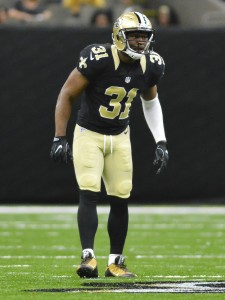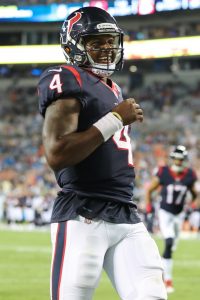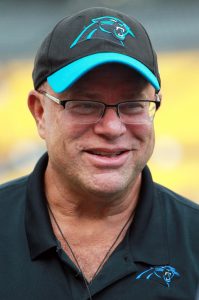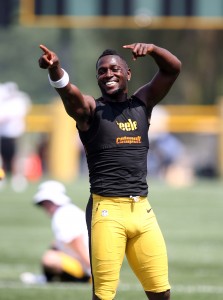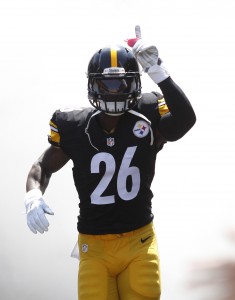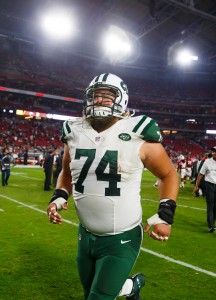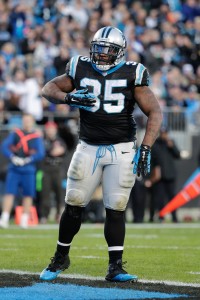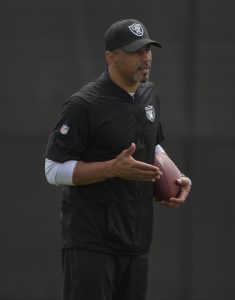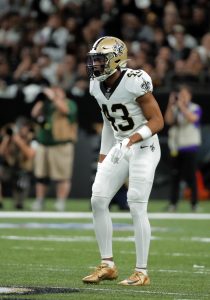Two years ago today, the Lions agreed to a two-year deal with Romeo Okwara. At the time, the move flew under the radar a bit (it got only three brief paragraphs on the team’s website). Fast forward to today, and the new Lions brass is probably disappointed that their predecessors hadn’t made a longer commitment.
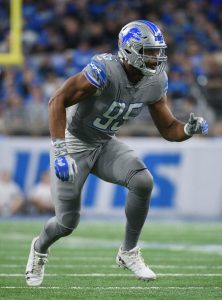 The 2016 undrafted free agent out of Notre Dame spent the first two seasons of his career with the Giants, appearing in 22 total games. After getting waived prior to the 2018 campaign, he caught on with the Lions, and he proceeded to have a career year for his new team. Okwara appeared in 15 games (14 starts), compiling 39 tackles, 7.5 sacks, and one forced fumble. The defensive lineman was one of the few standouts for a lowly Lions squad, but the team still had some hurdles to overcome in order to retain the player.
The 2016 undrafted free agent out of Notre Dame spent the first two seasons of his career with the Giants, appearing in 22 total games. After getting waived prior to the 2018 campaign, he caught on with the Lions, and he proceeded to have a career year for his new team. Okwara appeared in 15 games (14 starts), compiling 39 tackles, 7.5 sacks, and one forced fumble. The defensive lineman was one of the few standouts for a lowly Lions squad, but the team still had some hurdles to overcome in order to retain the player.
Okwara was set to become a restricted free agent following that 2018 campaign. Instead of placing a second-round (or even first-round) tender on the player, the team paid him a bit more in order to retain his services without any competition. The front office ultimately gave the defensive end a two-year deal worth $6.8MM, including $3.4MM in guaranteed money. It was a bit of gamble for the team, as Okwara was solely getting paid off of one productive season.
The defensive lineman didn’t necessarily live up to that deal in 2019, as he was relegated to a rotational role and finished with only 1.5 sacks. However, he rebounded with a career year in 2020, finishing with career-highs in tackles (44), sacks (10.0), and forced fumbles (three). The 25-year-old was especially productive down the stretch; per Pro Football Focus, Okwara finished with the third-highest pass-rush grade from Week 12 on, and he posted the ninth-highest grade for the entire season.
As a result of this production, Okwara is expected to be a popular name in unrestricted free agency this offseason. Detroit would certainly be a suitor…he’ll already account for $900K on their books thanks to previous signing bonus machinations. It sounds like new defensive coordinator Aaron Glenn is also a fan of the defensive lineman.
“Romeo had 10 sacks (last year),” Glenn said (via Kyle Meinke of MLive.com). “So, he’s a pressure player. Every team in this league, every coach in this league, wants a pressure player. So if he’s back with us, which we hope we get the chance to get him back, we’re going to have him rushing the quarterback. That’s what he does best. Again, we’re going to put him in position to do what he do best and that’s to get after the quarterback.”
Hindsight is obviously 20/20, and the Lions may have raised some eyebrows had they originally signed Okwara for more than two years back in 2019. However, exactly two years after that contract was signed, we’re sure GM Brad Holmes and his staff are wishing they had another year to evaluate the young defensive lineman.
